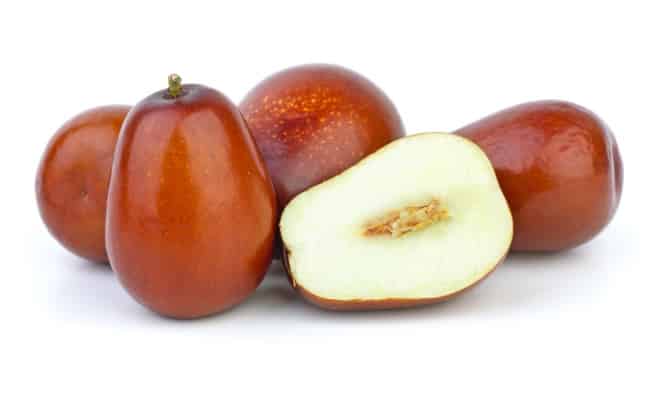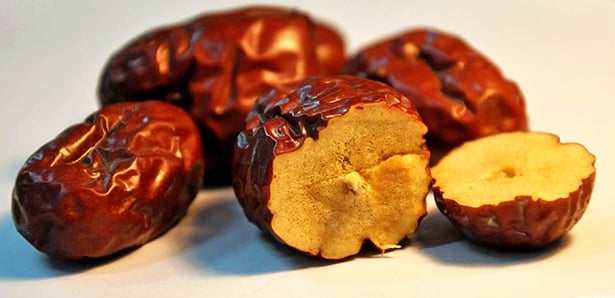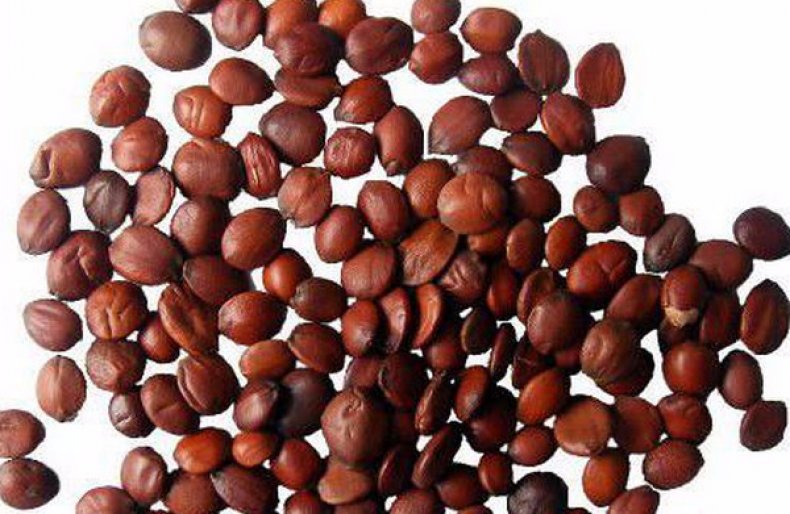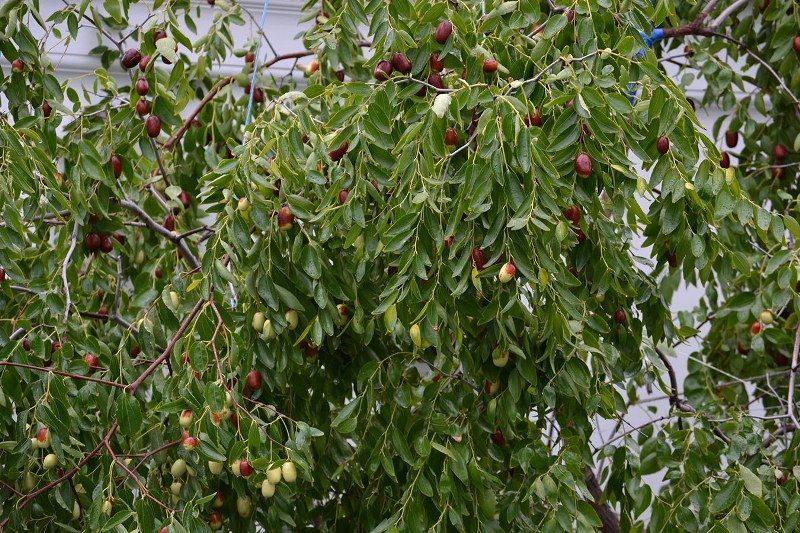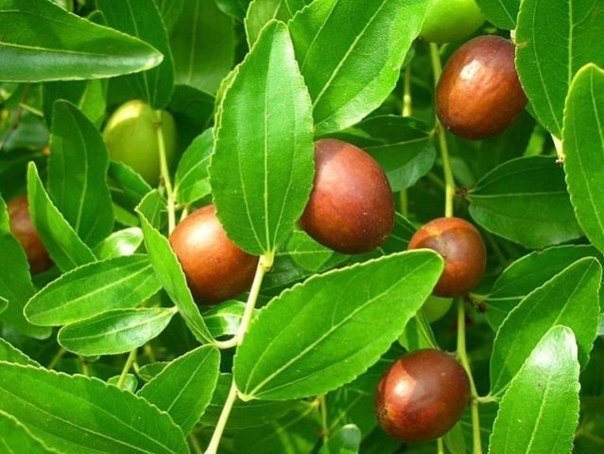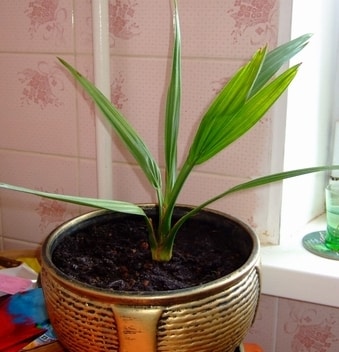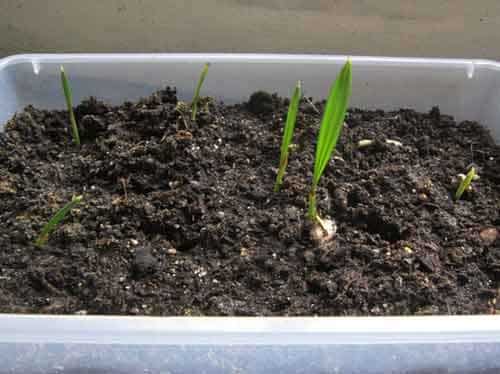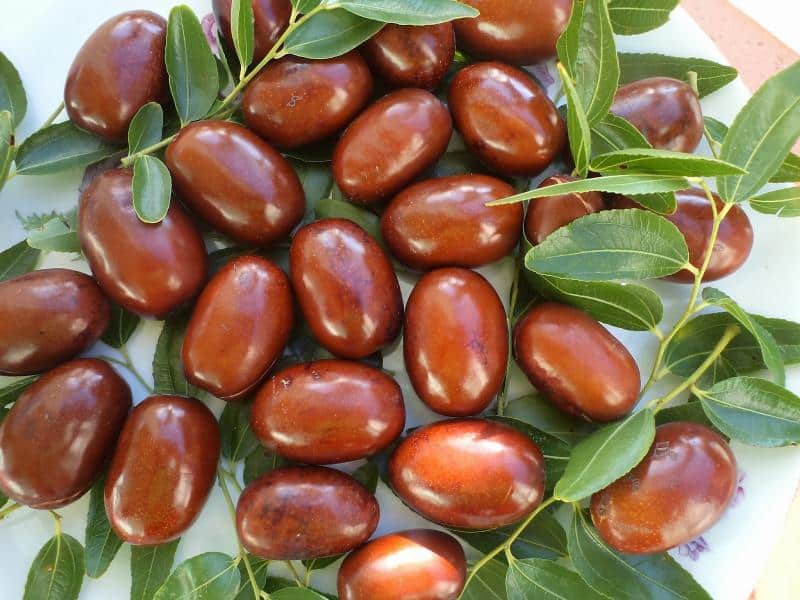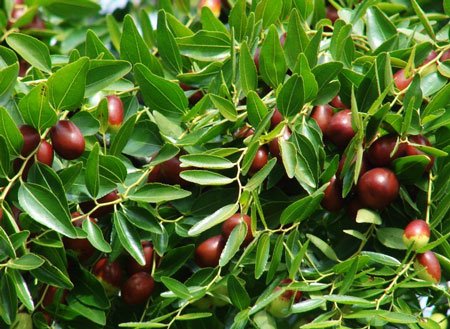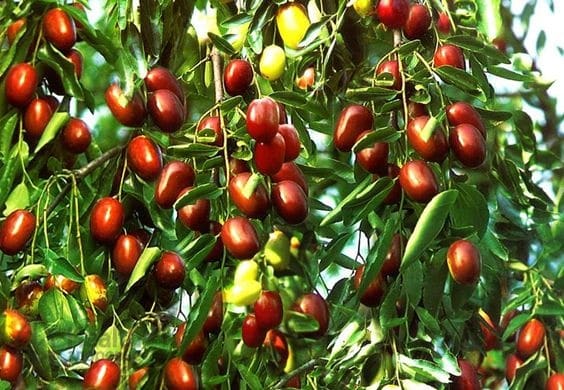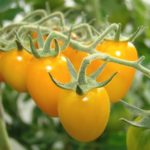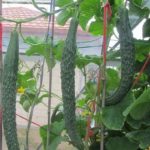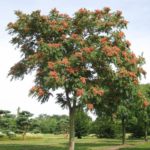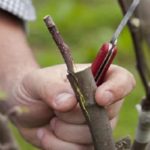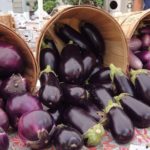Growing Chinese dates was until recently considered an exotic hobby. Varieties of this plant were represented only by small-fruited types that did not have time to ripen in the climatic conditions of the Middle Zone. But the work of both amateur and professional selection bore fruit. Today, even large-fruited Chinese dates are no longer a rarity in Russia.
- Botanical description and features
- Popular varieties
- What is the difference between dates and unabi?
- Reproduction methods
- Seminal
- Cuttings
- Root shoots
- Growing Chinese dates
- We select a variety and prepare a seedling of the future palm tree
- Selecting a location
- Soil preparation
- Landing technology
- Features of care
- Watering
- Feeding
- Crown formation
- We stimulate flowering and fruiting of palm trees
- Diseases and pests, combating them
- Conclusion
Botanical description and features
The Chinese date belongs to the Krushinaceae genus. It was cultivated in different regions of the Earth a very long time ago, but it came to our country only in the middle of the twentieth century. Its lifespan is long, which, combined with good productivity, has turned the tree into one of the most popular crops.
Popular varieties
There are only 80 species of jujube, not to mention the huge number of varieties. Of course, among such a wide variety, gardeners had to have their own favorites.
Varieties are divided into three main categories, depending on the timing of fruiting and ripening:
- early ripening;
- mid-season;
- late ripening.
They are also divided based on the size of the fruits: those in which they weigh less than 5 grams are considered small-fruited, and those over 10 are considered large-fruited.
Today the most popular varieties are:
- Ya Zao is a Chinese mid-season variety with good yield.
- Ta-yan-Zao is another Chinese variety with high yield and early ripening of fruits, making it frost-resistant.
- Chinese 2A is one of the best large-fruited varieties of medium ripening.
- Sinit is a variety selected by the Nikitsky Botanical Garden, belonging to the early medium-fruiting variety.
- Yuzhanin is a popular domestic variety of early ripening.
Three to five buckets of fruit are collected from one tree of each of these cultivars.
What is the difference between dates and unabi?
Dates and unabi belong to different families. If the first are the fruits of the palm tree, then the second are the buckthorn trees. They resemble dates only in their appearance and nutritional value.
Reproduction methods
Unabi is one of those plants that can be propagated in several ways - such a tree is so persistent that it can even be grown from root shoots.
Main options:
- propagation by seeds;
- propagation by cuttings;
- propagation by root shoots.
At the same time, in addition to them, vaccinations and budding are used. It is worth noting that each method is best suited for its variety. For example, mid-season varieties are grown from cuttings.
Seminal
Seed propagation is a suitable option for small-fruited varieties with early yield. The fact is that cultivars grown from seeds bear fruit a little later, which means that, in the conditions of the average Russian climate, they will not have time to ripen.
Alternatively, a plant grown in this way is used as a rootstock for large-fruited varieties.
Seed harvesting begins from the moment the fruit ripens. Ripe fruits are removed from the plant and placed in the refrigerator until the warm season arrives. Unabi seeds require stratification in the pulp.
The seed is cleaned in the spring. Ensures complete absence of pericarp residues. To do this, place the “date” in hot water for a couple of minutes for three days. For the same period of time, to warm up, the peeled bones are poured with water at a temperature of about 60 degrees.
Plant the seeds to a depth of 3 centimeters. The distance between the seeds is at least 5 centimeters, and after germination they are planted at a distance of up to half a meter. The time required for their appearance is about a month. The bed with seeds is covered with film all this time.
Cuttings
Propagation by cuttings is extremely simple - a branch of the required length is cut off and placed in moist peat until the root system forms. As soon as this happens, the cuttings are planted in the ground.
Root shoots
Propagation by root shoots is similar to the previous one, only instead of cuttings, plant shoots at the roots are used. They already have small roots.
Growing Chinese dates
Growing Chinese dates is not such a difficult undertaking. It is not distinguished by its capriciousness, and the only thing that holds back its widespread distribution in Russian areas is its exoticism. The gardener who dares to get involved with this crop will enjoy the ease of cultivation and subsequent care for it.
We select a variety and prepare a seedling of the future palm tree
The first step is to choose the most suitable variety of Chinese date. This takes into account factors such as:
- climatic conditions;
- desired yield;
- availability.
Residents of the South of Russia grow most varieties of this crop due to the suitable climate. At the same time, the inhabitants of the Middle Zone often limit themselves to early cultivars, sometimes planting mid-season ones.
Always buy two seedlings to ensure pollination in the future. They are also checked for damage and disease.
Selecting a location
Choosing the right location is probably the most difficult part of the jujube planting procedure. It is at this moment that he shows some capriciousness. The plant prefers to grow in areas protected from winds and drafts. Therefore, the southern slopes of small hills are especially suitable for it. The site is also chosen so that no shadow falls on it, and it is of sufficient size - the tree prefers the sun and the presence of sufficient space.
Soil preparation
The Chinese date is not picky in choosing soil and can grow in any soil. But still, he has his preferences. His favorite soils are not only fertile, but also light.Therefore, before planting, they dig up the soil and add humus to it. The tree categorically does not tolerate saline areas - although it will survive in such conditions, it will bear fruit very poorly.
Landing technology
Chinese dates are planted in early spring. If we are talking about planting seedlings, first dig holes of suitable depth. The latter is determined by the development of the root system. In most cases, the dimensions of the pit are 60 by 60 centimeters. The distance between seedlings is about 4 meters. The soil is mixed with manure.
Features of care
The Chinese date is distinguished by its low requirements for care. This tree has been loved for centuries because it is extremely unpretentious. Its cultivation requires compliance with the simplest agrotechnical procedures. Timely watering plays an important role. As for fertilizing, they are used to increase productivity, although the plant bears fruit without them.
Watering
Unabi belongs to plants of arid climates. This means that it easily tolerates drought and high temperatures. Moreover, it does not like "bays", so it is rarely grown in truly wet regions. The frequency of watering depends on the drying of the soil.
During the flowering period, the crop is not watered at all. The period of frequent watering is the first year of Jujube's life. At this time, water is added to the soil a couple of times a month, during the period of active growth.
Feeding
As already noted, the Chinese date is not a plant that requires frequent feeding. It grows quite well and bears fruit without fertilizers. And yet, it responds very well to the spring application of nutrient complexes. But they begin to feed the tree only from the fourth year of life.In addition, humus is added to the soil when planting.
Crown formation
Forming the crown allows you to fit the plant into the size of the garden, making it more aesthetically attractive, stimulating productivity and making fruit harvesting more convenient. The most common shape of the Chinese date, favored by gardeners, is the cup-shaped one. To achieve the result, the crown is formed around the five strongest branches. They also carry out annual sanitary pruning.
We stimulate flowering and fruiting of palm trees
As already noted, the Chinese date easily reaches the highest level of fruiting if correct agricultural practices are followed. To stimulate flowering, a technique such as stopping watering is used. This is due to the fact that the tree blooms during dry periods.
The presence of two plants in the garden and sunny weather contribute to obtaining the largest number of ovaries.
Diseases and pests, combating them
The only pest of Jujube is the unabia fly. It attacks fruits in early autumn, causing them to taste bitter. To combat it, they use digging up the soil, as well as special solutions - Sumition, Aktellika, Zolona. These preparations are harmless to fruits and allow you to harvest within two days after spraying.
Conclusion
Unabi is a crop characterized by its unpretentiousness and high yield. It is very easy to grow as it does not require much care. At the same time, it produces a rich harvest of nutritious fruits. This tree prefers dry climates in summer.

